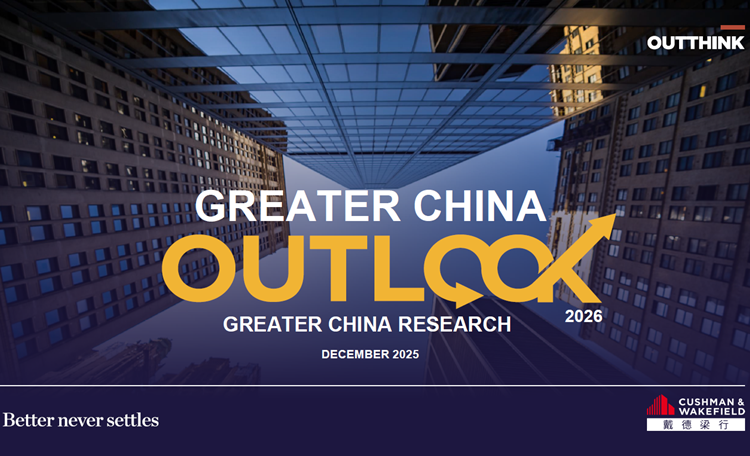Even with the pandemic and many industries shifting to a higher percentage of remote work, many life sciences workers are still deemed ‘essential workers’ as they need to go to the physical office on a daily basis to monitor their experiments and projects. There’s a new trend in life sciences, however, where technology, automation and digitization are allowing people to increasingly work outside of the laboratory, at least some of the time. With this shift in how work is being done and ultimately needing less designated space, more companies are adjusting their footprints to allow for more amenities and collaboration areas with the goal of encouraging more employees back into the office while offering perks for those who are regularly there.
Spontaneous interactions
Life sciences companies have long valued the chance interchange between different teams, departments and even complementary companies in campuses and multi-tenant buildings because they lend to knowledge transfer, collaboration, and new ideas. More and more companies are finding ways to further spur this interchange through enhanced amenities, shared spaces, and centralized features such as:
- Informal, impromptu collaboration areas, hangout zones and ‘in between spaces’ along activated pathways that provide opportunities for collisions and quick interactions to naturally occur.
- Coffee shops and cafes that provide ‘high-end coffee’ as these popular amenities are replacing the company ‘water cooler.’
- Gym and fitness classes, which are in especially high demand since they provide a wellbeing and social component.
- Healthy food options from a variety of cultures that are rotated regularly.
- Ample outdoor space to eat, retreat for a quiet moment, work, collaborate, socialize, and host events. If there is no nearby outdoor space or the weather is prohibitive, companies are bringing the green in through biophilia (green wall, plants) as well as increasing access to natural light and lounge seating, booths, and work pods with outdoor views.
- Employee lounge areas that double as a work spot and a gathering place for groups and teams to host book clubs, share hobbies (crafts, puzzles, games), and meet informally.
- Flexible spaces with easily reconfigurable furniture to suit different needs (mobile tables, pivoting desks, whiteboards on casters, etc.).
- Other onsite employee-focused amenities such as IT helpdesk, dry-cleaning, take-home meals, car wash, car fueling/charging, and day care.
Offering amenities that support your employees’ work life balance while simultaneously bringing them together to collaborate not only leads to happier employees, but also to new ideas, innovation, and cross-functional team development. A win-win all around for the life sciences workplace.
For life sciences companies, access to skilled talent with life sciences degrees, experience and skills is a key factor for location decisions. With an ecosystem mentality, life sciences companies often seek locations that are clusters of other peer companies and government or higher education research departments. This ecosystem mindset allows for knowledge sharing among public and private sectors and tends to drive up the concentration on both the employee and employer level.
Recently several markets have seen increased volumes of life sciences employees and companies, but still demonstrate a lower concentration of talent, which suggests that the market is less saturated and can accommodate more growth. These markets include:
- Atlanta
- Phoenix
- Dallas
- Riverside, California
Over the past 10 years, the number of graduates with biological and biomedical degrees have been on the rise, and there is a steady supply of new life sciences graduates seeking to enter the workforce. This is good news for companies seeking to fill life sciences-related roles, which have nearly doubled over the past five years. Traditionally, graduates with life science degrees have flocked to markets with existing life sciences concentrations, notably:
- Boston
- Philadelphia
- San Diego
However, Boston and San Diego have seen slightly slowed growth over the last two years, due to a higher cost of living. It’s important to note that these markets still command a substantial proportion of life sciences employees, but that proportion is slightly lower when compared to numbers from five years ago. Similarly, major markets where new graduates—across all industries—tend to settle have seen a steady influx of life sciences graduates. These markets are major destinations for new graduates with many degrees, but with a high concentration and saturation of life sciences roles:
- Washington, DC
- Los Angeles
- New York City
- Chicago
Several other cities have seen major growth over the past two to five years, especially among life sciences graduates. These recent graduates are moving to:
- Tampa
- Kansas City
- Las Vegas
- Denver
- St. Louis








